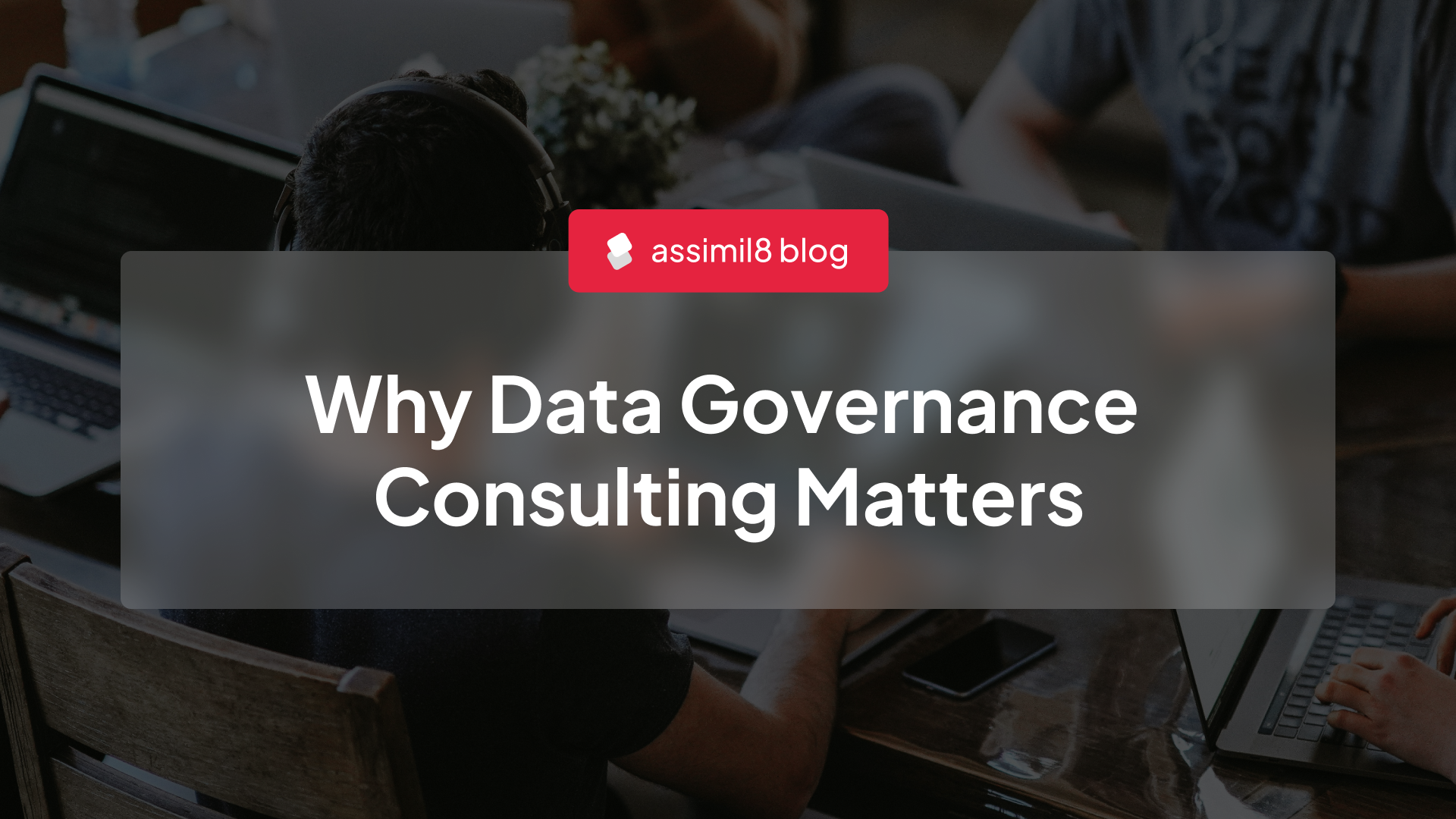You’ve got data flowing in from every direction—sales, marketing, operations, finance—but if it’s not connected, you’re likely dealing with the frustrating reality of data silos.

Think about it: You have different departments using different systems, each holding on to their own little corner, meaning any chance you have of seeing the bigger picture is out of the window.
Here’s the harsh truth: fragmented data is holding you back.
Don’t believe us? Think we’re being dramatic? It’s preventing you from getting the full picture of your operations, and that’s leading to inefficiencies, miscommunication, and ultimately, poor decision-making.
If you’re wondering how you got here, don’t worry. We’ll give you a guided tour and even let you know how to get off at the next exit.
Understanding Data Silos: Where Do They Come From?
First off, let’s talk about how these silos develop in the first place.
In most cases, data silos are a byproduct of growth. As your business scales, different departments adopt their own systems and processes to manage data. Sales might be using a CRM, marketing has its own analytics tools, and finance sticks to spreadsheets or accounting software.
It’s not that anyone is doing anything wrong—these tools help each department perform their specific tasks—but without integration, they become isolated.
When these systems don’t communicate with each other, you end up with fragmented data. That means each department has access to its own slice of the pie, but no one has the whole pie. This is where the problems start.
The Operational Challenges of Fragmented Data
When your data is scattered across different systems and departments, it’s like trying to run a mile with a 200-pound weight around your neck. I mean, technically you’re moving forward, but nowhere near as fast or efficiently as you could be.
Here are some of the biggest operational challenges that arise from data silos:
- Inconsistent Information: Different departments might be working from entirely different sets of data, leading to inconsistencies. Marketing thinks customer behaviour is trending one way, while sales see a completely different pattern. These discrepancies make it hard to align strategies and goals.
- Miscommunication: When teams aren’t on the same page data-wise, miscommunication is bound to happen. Decisions made based on incomplete or incorrect data can cause friction between departments and lead to wasted efforts. For example, marketing might run a campaign based on outdated data, only to have sales struggle with inaccurate leads.
- Inefficient Processes: Consider the time and effort it takes to manually compile reports from different systems. Maybe you’ve got someone in operations pulling data from one tool and trying to reconcile it with numbers from finance. That’s time that could be spent on more valuable, strategic work.
- Missed Opportunities: Fragmented data means missed insights. You might be sitting on valuable information that could help you identify trends, optimise operations, or spot new business opportunities—but if your data isn’t integrated, you won’t see it.

How Integrated Data Systems Improve Decision-Making and Efficiency
So, now that you identify with the problem, it’s only fair we give you the solution, right? It all starts with breaking down those silos and integrating your data systems.
Here’s what you gain when you unify your data across departments:
- A Single Source of Truth: When all your data flows into a single, centralised system, you ensure that every department is working with the same, consistent information. This reduces errors, prevents confusion, and helps teams collaborate more effectively.
- Better Decision-Making: With a full, accurate picture of your operations, you can make smarter, data-driven decisions. For example, an integrated system could reveal that a particular marketing campaign isn’t just generating leads but is driving long-term customer loyalty—something you might have missed with siloed data.
- Increased Efficiency: By integrating your data, you eliminate the need for manual data compilation, reconciliation, and reporting. This frees your team to focus on more strategic tasks instead of data entry and clean-up.
- Enhanced Insights: Bringing your data together allows you to analyse it in new ways. You can identify cross-departmental trends and correlations that were previously hidden. For instance, you might discover that customer support issues tend to spike after certain marketing campaigns—valuable information that can inform future strategies.
What Can You Do About It?
The good news is that breaking down data silos isn’t as tough as you think it is, and we’re here to help you do just that.
At assimil8, we specialise in creating unified, accessible data ecosystems that allow your teams to collaborate seamlessly. No more fragmented reports, no more miscommunication, just clean, reliable data that everyone can access and use to drive better results.
Is fragmented data holding you back? It’s time to take control and bring all your data together. Let’s talk about how we can help you break down those silos and create a data environment that supports growth, innovation, and efficiency.
We’re offering free data discovery workshops. Learn more by clicking the link below. 👇









